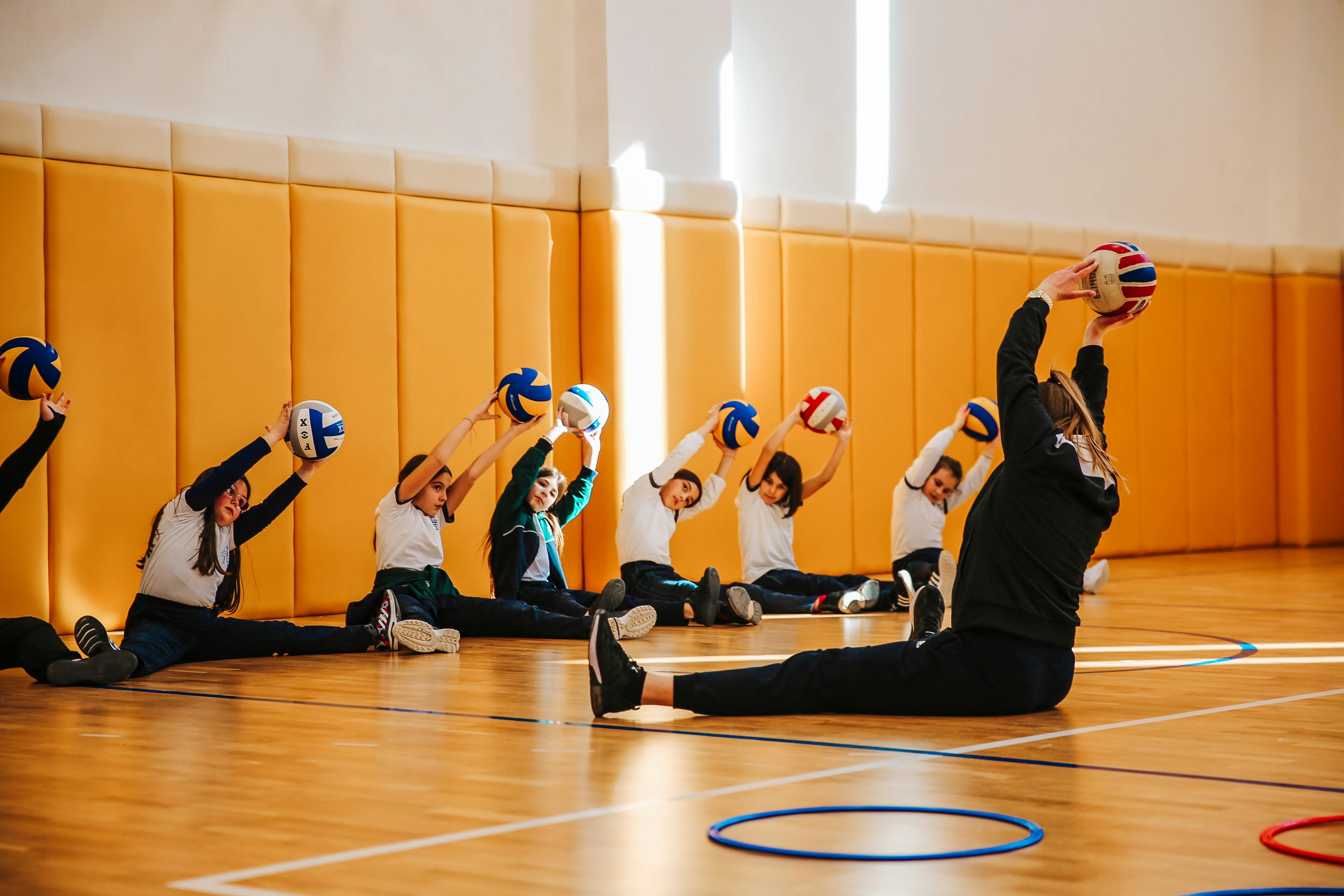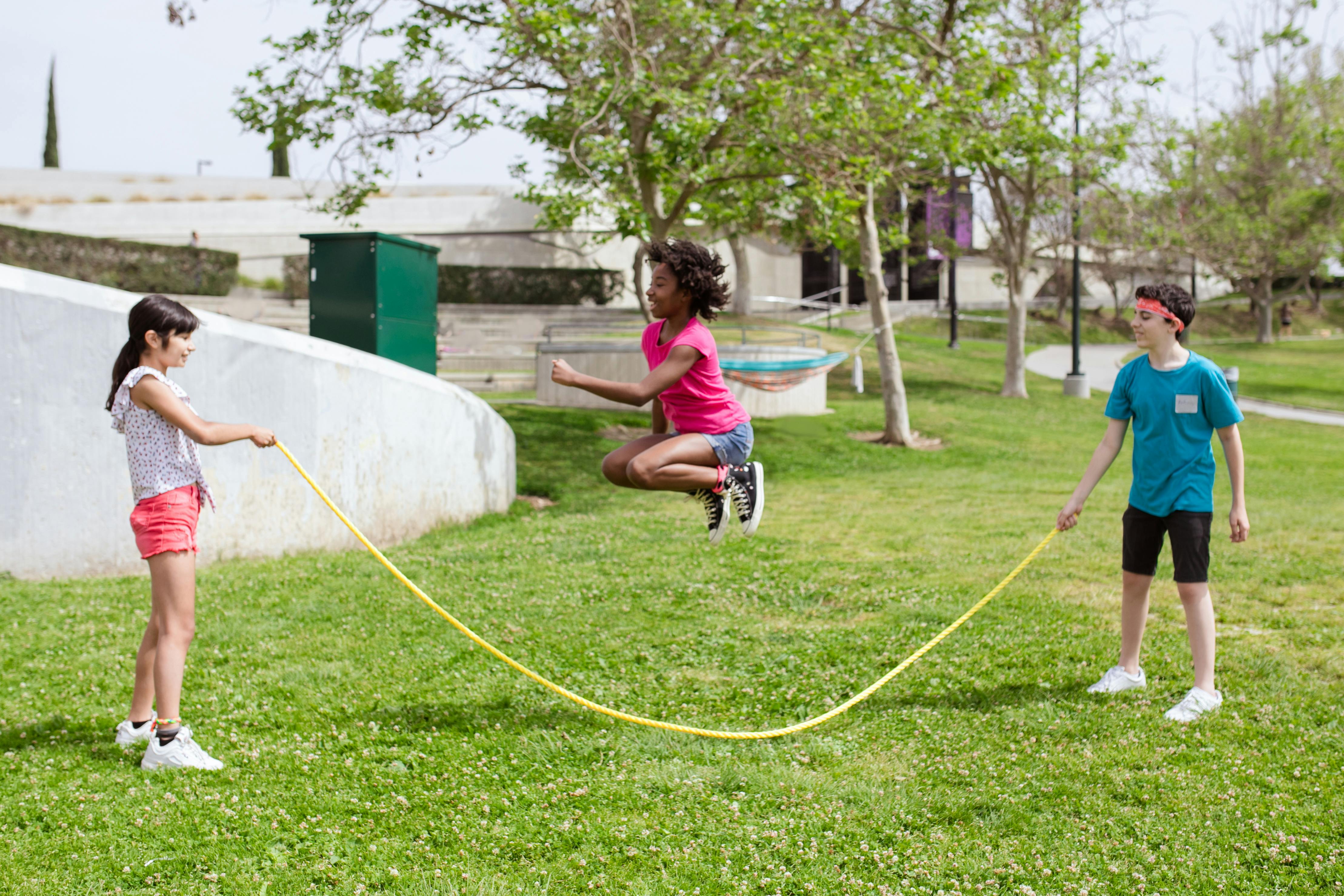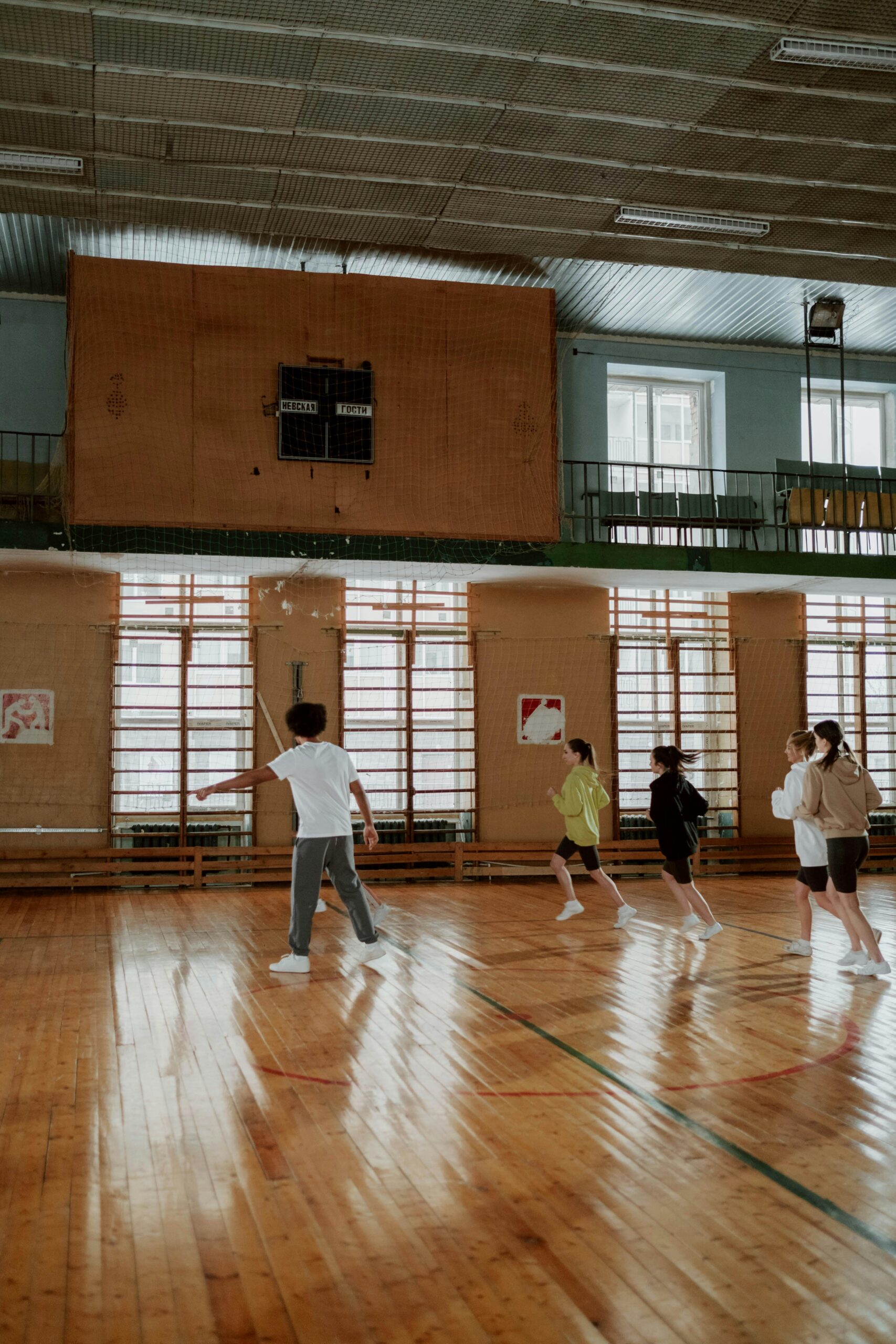Best Dog Training Games for Group Classes That Work
Dog training has evolved far beyond commands and corrections—it’s now about engagement, bonding, and learning through play. In group class settings, using structured games makes training enjoyable and efficient for both dogs and handlers. This article explores a range of dog training games for group classes that increase focus, obedience, and fun. Whether you’re a professional trainer or a dog enthusiast, these techniques will enhance your sessions and ensure lasting results.

Understanding the Fundamentals
At the heart of every successful training session lies a deep understanding of canine behavior, group dynamics, and motivation. These fundamentals form the foundation of all effective group dog training programs.
Dogs, like humans, thrive on consistency, positive reinforcement, and social interaction. When these elements are harnessed correctly through games, training becomes not just effective but enjoyable.
1.1 Engagement Over Correction
Modern training focuses on encouraging desired behaviors rather than punishing unwanted ones. Using interactive dog games to capture attention and reward progress leads to higher retention rates and happier dogs.
For example, “Name Game” and “Find It” challenge dogs to stay alert and responsive. Studies show that reward-based training improves learning outcomes by over 50% compared to punitive approaches.
1.2 The Power of Pack Learning
Dogs are social animals. Training in a group setting enhances their ability to work with distractions and respond to shared energy. Group environments mirror real-life situations, boosting their adaptability and confidence.
In this context, structured games provide a safe and controlled space to reinforce good behavior while improving dog socialization skills.
Practical Implementation Guide
Applying training games in a group class requires thoughtful planning and structured delivery. Knowing how to initiate, manage, and conclude these activities ensures that every dog—and handler—benefits.

2.1 Actionable Steps
- Game Planning: Select 3-5 games tailored to the group’s skill level. Include both obedience and energy-release games.
- Required Tools: Treats, leashes, clickers, cones, and mats. Optional: tunnels or agility props for advanced setups.
- Timeline: Allocate 10-15 minutes per game. Rotate between physical and mental challenges to maintain focus.
2.2 Overcoming Challenges
Common challenges in group dog training include over-excitement, resource guarding, and lack of focus. Solutions include:
- Use neutral reward zones to avoid treat disputes
- Limit group size for better control
- Rotate games to reset attention spans
Keep energy balanced—avoid back-to-back high-energy games. Experienced trainers recommend sandwiching calm games like “Place Relay” between more stimulating ones.
Advanced Applications
Once foundational skills are mastered, you can introduce advanced training games. These activities enhance obedience under pressure and simulate real-world scenarios, perfect for service or sport dogs.

3.1 Controlled Agility Circuits
Incorporate elements like weave poles, jumps, and pause boxes into a group relay. Each dog must wait their turn and perform with focus despite nearby distractions. Performance can be measured using timing and successful cue responses.
These circuits build stamina, impulse control, and reinforce command reliability—key in public access training.
3.2 Scent Discrimination Challenges
Hide objects marked with each dog’s scent. Dogs must identify and retrieve only their item. This builds confidence, sharpens sensory awareness, and develops working dog skills.
Scent work can be integrated with obedience commands for a multi-layered cognitive challenge.
Future Outlook
As technology and behavioral science evolve, so do the techniques in group dog training. Wearables that track stress, focus levels, and activity will soon guide trainers in real-time adjustments.
Experts predict an increase in AI-assisted training systems and gamified apps to support remote and hybrid learning models. Trainers who stay ahead by embracing these innovations will see better outcomes and client satisfaction.
Conclusion
In summary, the top three takeaways are: 1) Games improve learning outcomes, 2) Group settings simulate real-world distractions, and 3) Progression to advanced techniques ensures long-term obedience. These strategies make dog training games for group classes essential for modern programs.
Whether you’re a trainer or a dog parent, try incorporating these methods into your next session. For best results, start simple and build gradually. Your dogs will thank you—with focus, joy, and reliable behavior.
Frequently Asked Questions
- Q: What are the best dog training games for beginners? Games like “Name Game,” “Follow Me,” and “Place Relay” are easy to start with and effective for early obedience.
- Q: How do I begin using games in group classes? Begin with short, structured games. Explain rules clearly, model behavior, and use visual markers for boundaries.
- Q: How much time should be spent on games? Plan for 30–45 minutes of structured play in a 60-minute session, allowing warm-up and cooldown periods.
- Q: What do dog training games typically cost? Most games are low-cost. You may need basic supplies like cones, treats, and mats. Full kits range from $30 to $150.
- Q: How do training games compare to standard obedience drills? Games are more engaging and build skills through context. Traditional drills are rigid but good for fundamentals. Best results come from combining both.
- Q: Are these games hard to implement? Most are simple to learn. Trainers need strong class management skills and the ability to adapt games on the fly.
- Q: Can these be applied to working dogs or therapy training? Absolutely. Scent games and agility relays are especially beneficial for service dog programs, enhancing task focus and emotional resilience.
